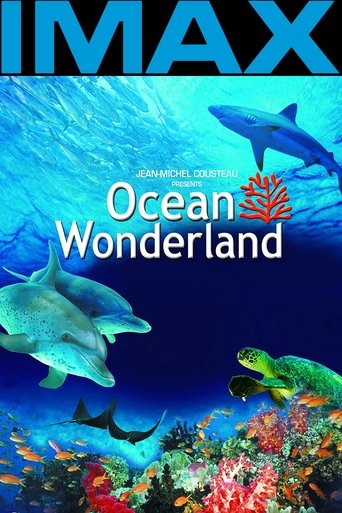
11 Feb 2003

Ocean Wonderland 3D
Shot on the Great Barrier Reef in Australia and in the Bahamas, Ocean Wonderland brings to you the amazing beauty of the many varieties of coral and the immense diversity of the marine life thriving there.
This short is one of Paramount's "Popular Science" series (number L6-5, or the fifth one of the 1946-47 production season) and begins by showing moon rockets, weighing 30 tons, a flight in the ionosphere, with mounted color cameras recording pictures hundreds of miles above the earth. Coming back to earth, it discourses on modern bathroom fixtures, and then demonstrates a one-man hay-bailer.
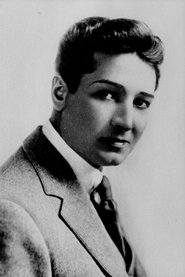
Narrator

11 Feb 2003

Shot on the Great Barrier Reef in Australia and in the Bahamas, Ocean Wonderland brings to you the amazing beauty of the many varieties of coral and the immense diversity of the marine life thriving there.
30 Jan 2010
"Africa Light" - as white local citizens call Namibia. The name suggests romance, the beauty of nature and promises a life without any problems in a country where the difference between rich and poor could hardly be greater. Namibia does not give that impression of it. If you look at its surface it seems like Africa in its most innocent and civilized form. It is a country that is so inviting to dream by its spectacular landscape, stunning scenery and fascinating wildlife. It has a very strong tourism structure and the government gets a lot of money with its magical attraction. But despite its grandiose splendor it is an endless gray zone as well. It oscillates between tradition and modernity, between the cattle in the country and the slums in the city. It shuttles from colonial times, land property reform to minimum wage for everyone. It fluctuates between socialism and cold calculated market economy.
01 Jan 1897
Lumière's documents life in Palestine.
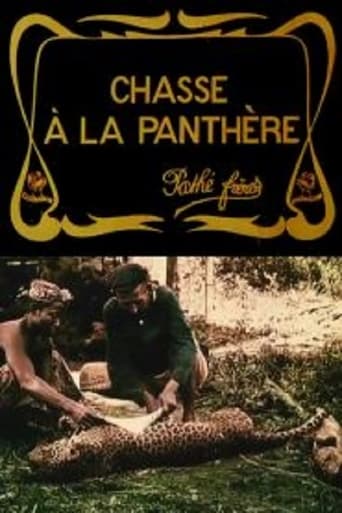
24 Sep 1909

A hunter and his native helpers set up a trap, then taunt and shoot a panther. Next we see the locals skin the animal.
30 Apr 1904
Almost 200 women file by a device on the wall from which they take their time checks. A man runs half-way across the screen at the end of the film.
01 May 1904
On the left of the screen, a small group of men lift the top off of what appears to be a turbine with a crane and continue to check the machine, tightening various parts with wrenches. On the right side, a few men appear to be testing the workings of what may be a turbine.
01 Jan 1986
High-speed film and time-lapse photography combined to create breathtaking images of the night sky and Halley's Comet in this astronomical short subject.
04 Sep 1936
A 1936 documentary film about the London to Portsmouth railway. A lesser known contemporary of Night Mail, also featuring the music of Benjamin Britten and poetry of W.H. Auden.
14 Aug 1908
Woman Draped in Patterned Handkerchiefs is a 1908 British short silent documentary film, directed by George Albert Smith as a showcase his new Kinemacolor system, which features a woman displaying assorted tartan cloths, both draped on her body and waved semaphore-style. The patterned handkerchiefs are, according to Michael Brooke of BFI Screenonline, “presumably the same cloths featured in Tartans of Scottish Clans (1906), this time shown from various angles.”
23 Mar 1902
Women getting onto a rickshaw.
31 Aug 1896
A very graceful dance with voluminous draperies, by Annabelle Moore, well-known on the metropolitan stage.

08 Nov 1896

Lyon, Men rescue rabbits from flood.
06 Mar 1897
A crowd of spectators listen to President William McKinley's speech during his inauguration ceremony outside the U.S. Capitol in Washington, D.C.
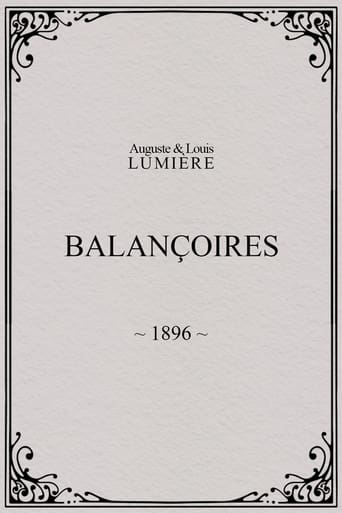
31 May 1896

19th century carnival ride.
04 Mar 1900
People gather at the exit of the St. Trophime cathedral in Arles.

01 Jan 1895

Pedestrian and various vehicles traffic on Place Bellecour, in Lyon.
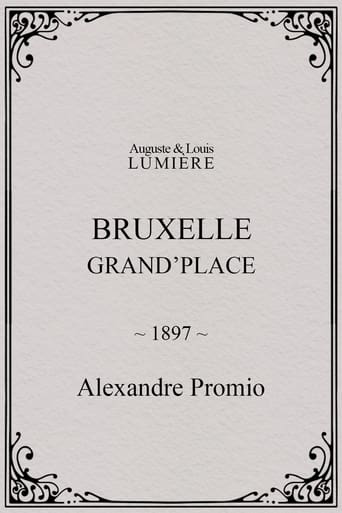
13 Jul 1897

The main market square in the heart of Brussels.
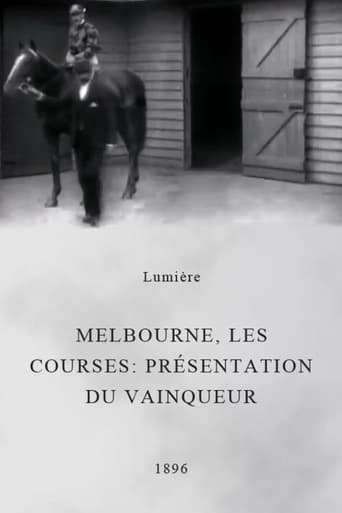
03 Nov 1896

Coach W. Hickenbotham takes "Newhaven" out of his box and places the horse at the center of the paddock. Gardiner, the jockey, saddles up the horse, rides it and begins to spin, slowly.
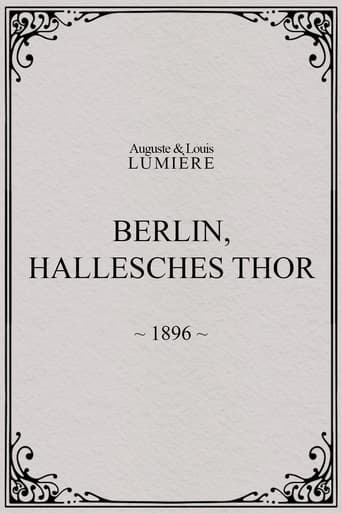
06 Sep 1896

A street scene in Berlin near Hallesches Tor.
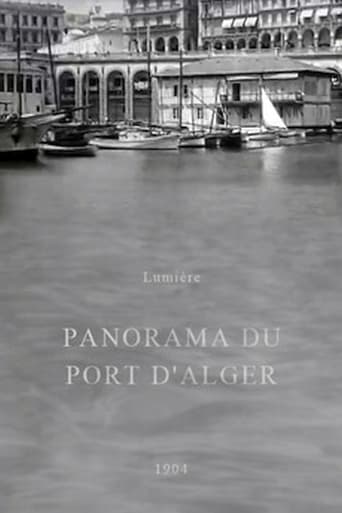
01 Apr 1903

Panorama of the port of Algiers.